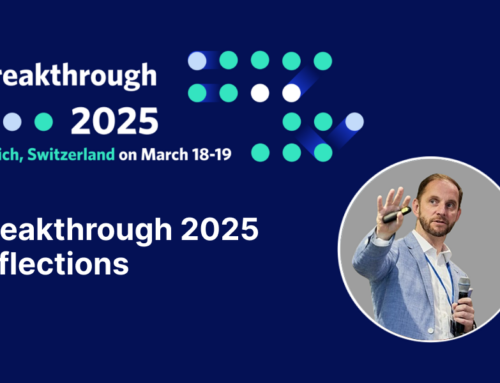South Korean Contract Research Organization, LSK, spoke in a webinar with ArisGlobal to address the pressures of modernizing pharmacovigilance operations in the current landscape, including how South Korean biopharma firms are navigating evolving regulatory requirements, and how they are seizing the opportunity provided by advancements in end-to-end safety automation.
Challenges for many South Korean CROs
Traditional safety workflows are inefficient, labor-intensive, and contain multiple manual, time-consuming steps. They are also cost-effective to scale, which makes it difficult to stay cost-competitive and efficiently deliver the level of service that clients expect (or demand). To grow a serviceable market, CROs and service providers need to meet increasingly complex global regulations, but manually ensuring compliance across global clients increases costs and complexities are challenging.
Legacy workflows impair the ability to process higher case volumes and add new services. This makes it harder to scale post-market operations and be a one-stop-shop vendor.
The State of Pharmacovigilance Regulation Updates in South Korea
Globally, pharmacovigilance regulations are constantly changing in terms of analyzing safety information worldwide. Increasing demand and industry competition, partnered with complex regulations and global operations makes for a complex landscape to navigate.
Since South Korea became a member of the International Council for Harmonisation (ICH) in 2016, there have been many changes in regulatory requirements that CROs, like LSK, have had to navigate:
- Recently REICH E2B (R3) type database was introduced in South Korea’s Ministry of Food and Drug Safety (MFDS) as a reporting form of pharmaceutical safety information. Safety data was also reported in WHO-ART as the MedDRA dictionary was introduced
- Periodic benefit-risk evaluation report (PBRER) was introduced as a risk management plans (RMP) implementation result report, and development update safety report (DSUR) will be introduced in stages from June 2023
- Improvements to the RMP system and renewal of product approval is also part of the changing regulations and as a result, scientists need to analyze the risks and benefits of the drug to adhere to these changes
- As the database of the MDFS collected data in the form of E2B (R3), large-volume reports of adverse events reported during post-marketing drugs in Excel form now must be reported in XML form of E2B (R3)
CROs and Service Providers are at a Crossroads
Today we are finding that globally, CROs and service providers are at a breaking point. According to industry biopharma trend reports, big pharma companies are currently outsourcing 40-45% of their activities, which is projected to grow to 60% and the outsourcing market is set to grow to $91.4B by 2028 to meet rising demands. In turn, many CROs, and many service providers are struggling to compete amid shifting demands.
What are key safety priorities for CRO’s and service providers?
- Flexibility – adapt to client requirements with flexible configuration of workflows and reports
- Scalability – Strengthening full-service model with seamlessly scalable post-market safety operations
- Efficiency – Deliver scalable compliance with the same resources with end-to-end production-ready automation
- Always Up-to-Date Global Compliance – Expand the serviceable market with support for major and regional regulations using a secure cloud-based architecture with open infrastructure
- Speed – Increase the speed of specialized treatments to market effectively
ArisGlobal offers a fully automated, end-to-end solution that is tackling these key safety priorities head on. To further accelerate the early-and late-stage development of services for our CRO customers, we have invested in new products, solutions, and services that match this ever-evolving industry.
To learn more about how ArisGlobal is helping to evolve South Korean regulatory requirements, access the on-demand webinar.




